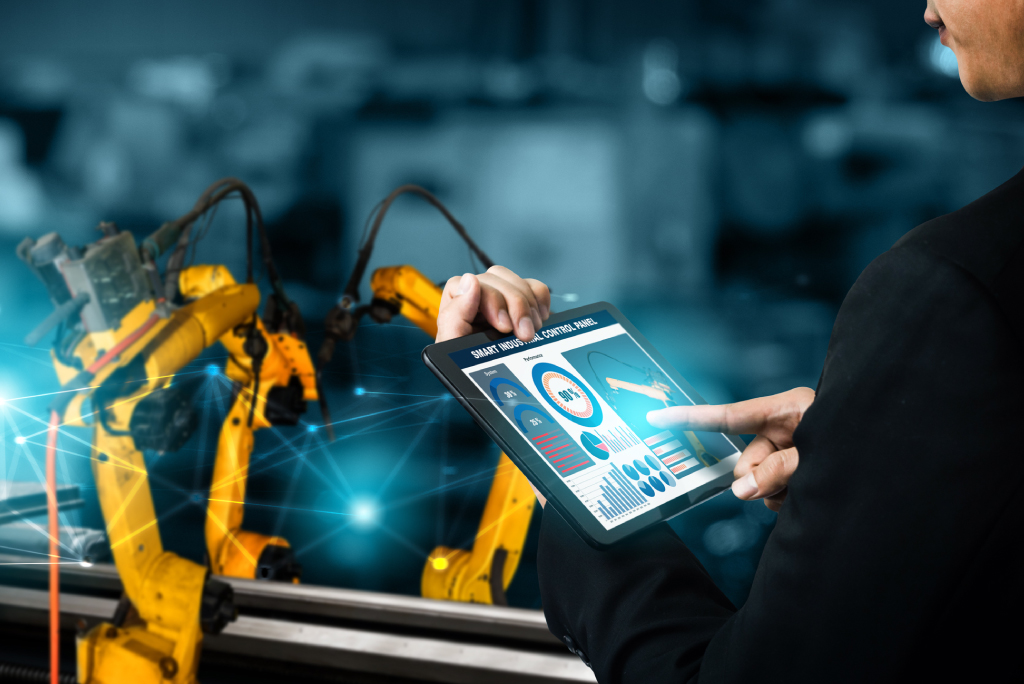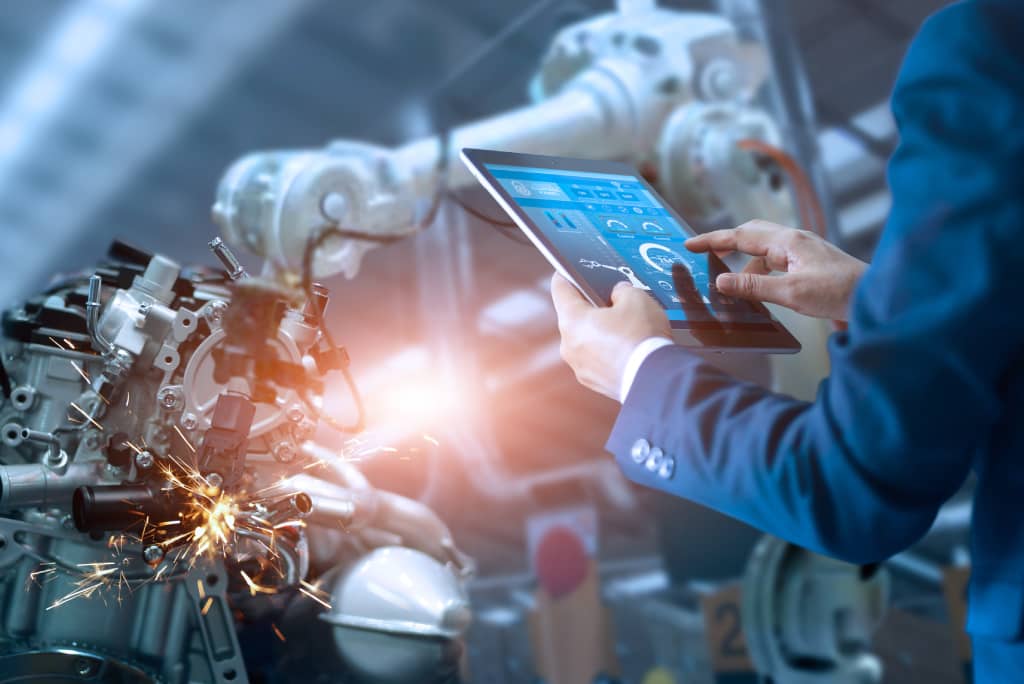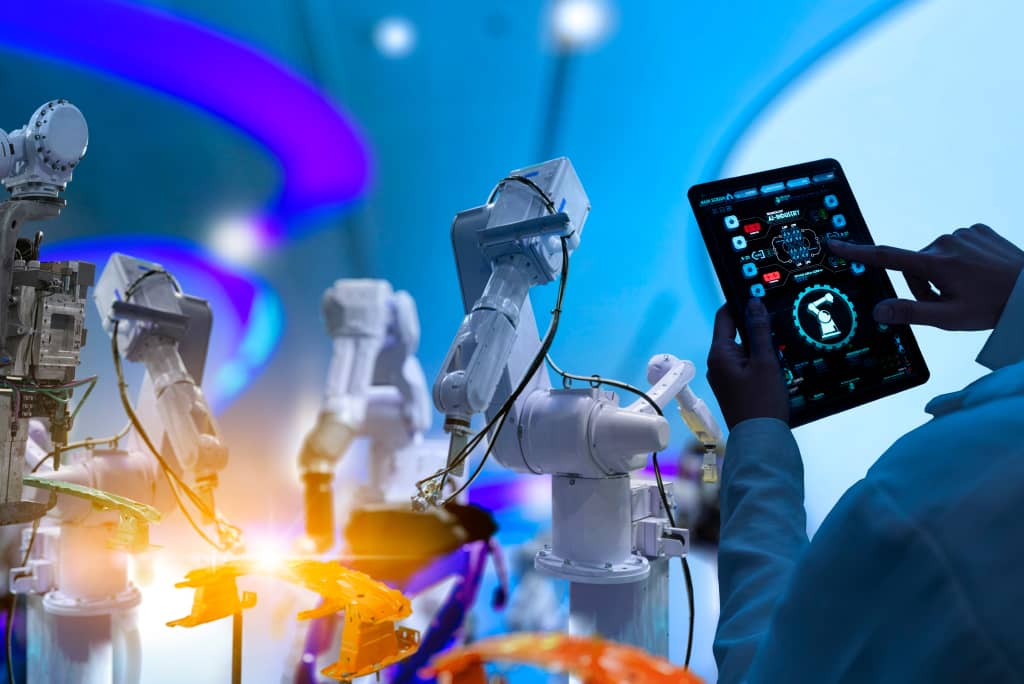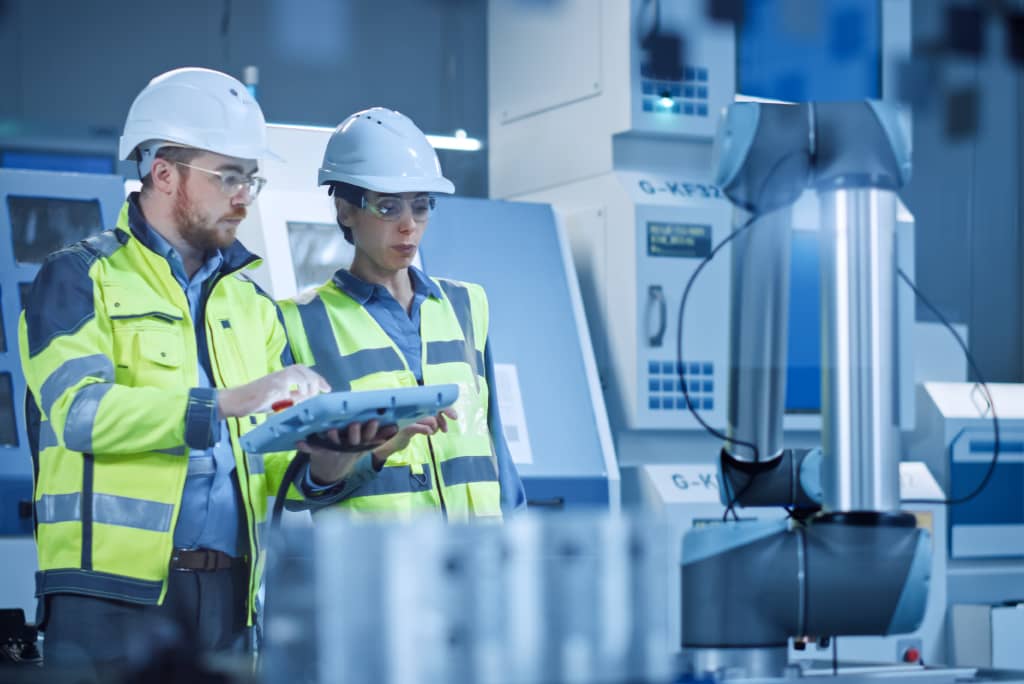RECENT POSTS
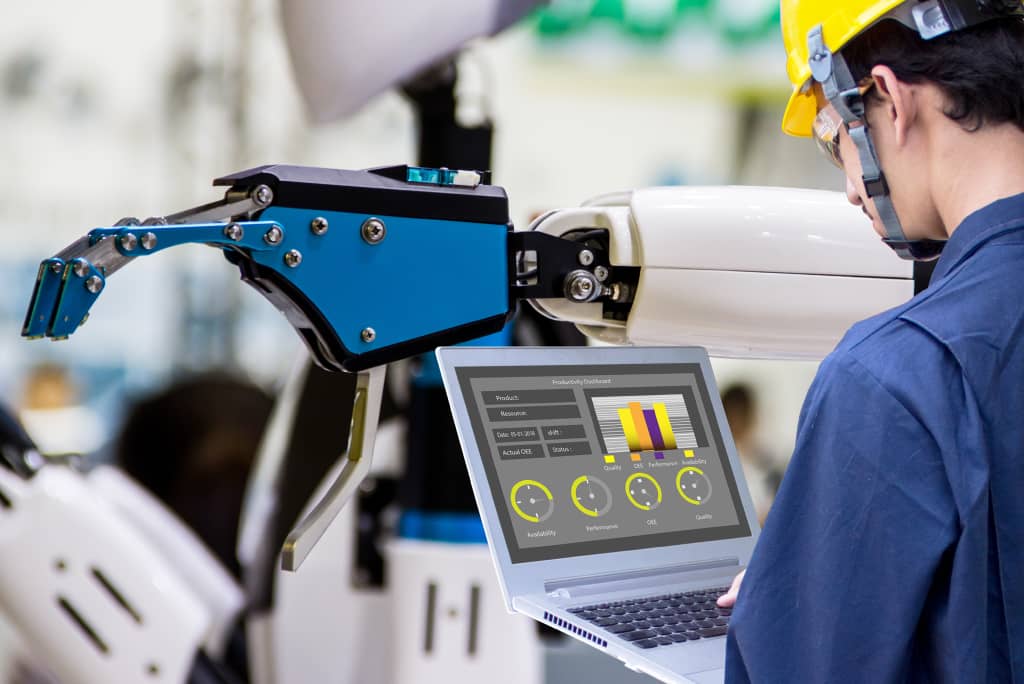
Decoding Industrial Automation Solutions: Key Systems, Categories and Examples
The landscape of modern manufacturing is undergoing a drastic transformation, driven by the ongoing pursuit of efficiency, productivity, and safety. At the heart of this revolution lies the powerful force of industrial automation.
This article delves into the world of automation solutions, demystifying its core concepts, exploring its diverse applications, and unveiling the key systems that orchestrate its magic.
What Is Meant by Automation Solutions?
Industrial automation solutions encompass a range of technologies, processes, and equipment that replace human intervention in manufacturing and industrial operations.
These solutions utilize sensors, actuators, control systems, and software to automate tasks, ranging from simple material handling to complex assembly and quality control processes.
The Benefits of Industrial Automation Solutions
The implementation of automation solutions unlocks a wealth of benefits for manufacturing businesses. Some of the most significant advantages include:
- Increased productivity and output: By automating repetitive tasks, humans are freed to focus on higher-value activities, leading to a significant surge in production volume.
- Improved product quality and consistency: Automation eliminates the inherent inconsistencies associated with manual labor, resulting in products that consistently meet the highest quality standards.
- Reduced labor costs and human error: Automating mundane tasks translates to a smaller workforce requirement, leading to cost savings. Additionally, automation reduces the risk of human error, minimizing product defects and rework.
- Enhanced safety and working conditions: Automating hazardous tasks protects employees from potential injuries and improves the safety of the workplace.
- Greater flexibility and scalability: Modern automation solutions offer an inherent level of flexibility, allowing for rapid adaptation to changing production demands and product variations. Additionally, they are easily scalable, enabling businesses to expand their operations seamlessly.
What Are the 4 Types of Industrial Automation?
Industrial automation encompasses a spectrum of implementation styles, each tailored to specific needs and production demands. Here are four types of industrial automation:
1. Fixed Automation
This automation category is ideal for high-volume production of a single product type. Fixed automation systems are characterized by a rigid, dedicated design that efficiently executes specific tasks with minimal or no reconfiguration capabilities.
Examples include assembly lines, transfer lines, and dedicated robots performing a single function within a larger production process.
2. Programmable Automation
Programmable automation offers greater flexibility than the fixed automation category. These systems utilize PLCs (programmable logic controllers) that can be programmed to perform various tasks and adapt to different product variations. This flexibility allows for efficient production of a range of similar products within the same system.
Examples include robotic work cells, pick-and-place systems, and CNC machines with programmable cutting paths.
3. Flexible Automation
Geared toward low-volume production and a wide range of product variations, flexible industrial automation solutions offer the highest level of adaptability. These systems often utilize modular robots, reconfigurable work cells, and advanced sensing technologies to handle a diverse range of tasks and product configurations.
Examples include autonomous mobile robots (AMRs) and automated guided vehicles (AGVs), which navigate dynamically within a facility.
4. Integrated Automation
Integrated automation takes automation to the next level by seamlessly connecting and coordinating various automation systems and processes across an entire facility. This holistic approach leverages industrial networking protocols (e.g., Ethernet and Fieldbus) to facilitate real-time communication and synchronized operation of diverse automation components.
Examples include smart factories with interconnected production lines and connected logistics systems that optimize warehouse operations.
What Are the 3 Major Systems Used in Industrial Automation?
The success of any automation solution hinges on the seamless interaction of three key systems:
1. Programmable Logic Controllers (PLCs)
Often referred to as the brains of an automation system, PLCs are rugged industrial computers programmed to execute specific control logic. They receive input signals from sensors, process them based on the programmed logic, and subsequently send output signals to actuators, initiating physical actions.
PLCs come in various sizes and capabilities, ranging from micro PLCs for simple tasks to modular PLCs for complex applications.
2. Industrial Sensors and Actuators
There are various components used in controls system engineering, including:
Sensors
These are the eyes and ears of the industrial automation solutions, responsible for gathering data from the physical world. They come in various types, each specializing in sensing specific parameters like temperature, pressure, position, and presence/absence of objects. Examples include proximity sensors, limit switches, and vision sensors.
Actuators
These are the muscles of the automation system, responsible for performing physical actions based on control signals received from the PLC. They come in various forms, including valves, motors, solenoids, and cylinders, each suited for translating electrical signals.
Actuators include:
- Linear actuators: These produce linear motion, ideal for pushing, pulling, or lifting objects. Examples include pneumatic and hydraulic cylinders.
- Rotary actuators: These generate rotary motion, used for tasks like opening/closing valves, turning, or positioning objects. Examples include electric motors and stepper motors.
3. Human-Machine Interface (HMI)
The HMI serves as the bridge between humans and the automation system. It provides a visual interface for monitoring system status, issuing control commands, visualizing data trends, and troubleshooting.
HMIs come in various forms, including touch screens, industrial PCs, and dedicated operator panels.
What Are Four Examples of Automation?
The transformative power of industrial automation extends across diverse industries, streamlining processes and enhancing efficiency. Let’s delve into four real-world examples that showcase this impact across several industries that benefit from industrial automation:
Automotive
Imagine a car assembly line where robots wield welding torches with unmatched precision. Vision sensors act as the robots’ eyes, meticulously identifying the exact location of car body components. This information is relayed to the PLC, the brain of the operation.
The PLC, in turn, analyzes the data, determines the optimal welding parameters, and meticulously orchestrates the robotic arms’ movements, ensuring flawless welds every time.
Food & Beverage
Picture an automated bottling line where a seamless ballet of technology unfolds. Photoelectric sensors, vigilant guardians, ensure a steady flow of bottles, precisely positioned on the conveyor belt. Filling machines, with unwavering accuracy, dispense the beverage to the exact amount.
Robotic arms, swift and tireless, cap the bottles, completing the packaging process. At the heart of this synchronized symphony lies the PLC, the maestro conducting the entire operation—managing conveyor belt speed, filling parameters, and robotic arm movements—all based on the watchful eyes of the ever-present sensors.
Pharmaceuticals
In the realm of pharmaceuticals, where precision is paramount, automation safeguards the sterilization of medical devices.
Temperature and pressure sensors act as vigilant sentinels, constantly monitoring the conditions within the sterilization chamber. Valves, controlled by the PLC, meticulously regulate the flow of steam or other sterilizing agents.
The PLC, the ever-watchful conductor, ensures the process adheres to strict protocols, maintaining the desired temperature, pressure, and time based on sensor readings and pre-programmed parameters. This unwavering vigilance guarantees the sterility of medical devices, safeguarding patient health.
Logistics & Warehousing
Imagine a high-bay warehouse where automated storage and retrieval systems (AS/RS) operate with remarkable efficiency. Barcode scanners, the information gatherers, meticulously identify and track the location of each inventory item.
Based on commands from the warehouse management system automated cranes swiftly retrieve and store goods. The PLC, the central coordinator, orchestrates the movements of the cranes, seamlessly interacting with the warehouse management software to optimize storage and retrieval operations.
This intricate dance of automation ensures the smooth flow of goods within the warehouse, maximizing efficiency and minimizing errors.
These are just a few examples of how industrial automation is revolutionizing various industries. As technology continues to evolve, we can expect even more innovative applications to emerge, further shaping the future of manufacturing and logistics. Industrial automation solution providers like Pacific Blue Engineering will be the center of this sea change.
How Do I Find Industrial Automation Companies Near Me?
Selecting a reliable and experienced automation solutions provider is crucial for the success of your project. Here are some key aspects to consider when making this critical decision:
Experience and Expertise
The industrial automation solution provider you choose should have demonstrable experience and expertise in your industry. Look for a provider with a proven track record of successful projects similar to yours. This ensures the provider understands the unique challenges and requirements of your industry and can tailor its solutions accordingly.
Breadth of Services
Seek a company offering a comprehensive range of services encompassing the entire project lifecycle. This ideally includes system design and engineering, project management, system implementation and commissioning, and ongoing support and maintenance.
A single point of contact for all these services streamlines communication, simplifies project management, and ensures a seamless solution delivery.
Reputation and Customer Reviews
Conduct thorough research to understand the company’s reputation within the industry. Explore their website, case studies, and client testimonials to gain insights into their past projects and client satisfaction levels.
Additionally, leverage online review platforms to gather feedback from other customers, providing valuable perspectives on the provider’s reliability, service quality, and responsiveness.
Safety and Certifications
When looking for industrial automation companies near you, safety is paramount. Ensure your partner prioritizes safety by adhering to relevant industry standards and regulations. Look for certifications that demonstrate the company’s commitment to safe work practices, such as ISO 45001 (Occupational Health and Safety Management System).
Also, inquire about the company’s approach to safety training for its personnel and inquire if it provides safety assessments as part of its services.
Communication and Collaboration
Effective communication and collaboration are essential for project success. Choose a provider that fosters open communication and actively engages you throughout the process. Look for a team that takes the time to understand your specific needs and objectives and can effectively translate your vision into a tangible solution.
By carefully considering these factors, you can find a trustworthy and experienced automation solutions provider that will partner with you to achieve your project goals, ensuring a successful and efficient implementation.
Frequently Asked Questions — FAQs
What is the world’s largest industrial automation company?
As of 2024, several companies compete for the title of the world’s largest industrial automation company based on various metrics like revenue and market share. Some of the leading contenders include:
- ABB: A Swiss-Swedish multinational specializing in power and automation technologies.
- Rockwell Engineering: A prominent American provider of industrial automation and information solutions, offering a comprehensive range of hardware, software, and services.
- Honeywell: An American multinational corporation known for its automation and control systems across various industries.
- Siemens: A German multinational conglomerate focusing on various sectors, including industrial automation.
- Schneider Electric: A French multinational company specializing in energy management and automation solutions.
Which is the best company in automation? It’s important to note that the “largest” company might not necessarily be the best fit for every project. And, you still need an industrial automation solution provider like Pacific Blue Engineering for design and implementation.
What are some examples of industrial automation?
Beyond the examples mentioned in the article, here are three additional applications of industrial automation:
- 3D printing: Automated 3D printing systems utilize robotics and software to precisely deposit material layer-by-layer, creating complex objects. This technology is revolutionizing prototyping, manufacturing, and even healthcare applications like creating prosthetics.
- Quality control: Automated vision systems equipped with high-resolution cameras and machine learning algorithms can inspect products for defects with exceptional speed and accuracy. This ensures consistent quality and minimizes waste in production lines.
- Autonomous guided vehicles (AGVs): These self-guided vehicles navigate warehouses and factories using sensors, software, and predefined paths. They can transport materials, finished goods, or even people, automating various logistics tasks and improving efficiency.
What are the costs associated with implementing industrial automation?
The cost of industrial automation varies based on project complexity, the chosen technology, and implementation scope. While the initial investment can be significant, long-term benefits like increased efficiency and reduced costs often make it a worthwhile investment for businesses seeking to improve their operations.
What are the environmental benefits of industrial automation?
Depending on your approach and the application, you may be able to improve sustainability with:
- Reduced energy consumption: Automation systems can often optimize production processes, leading to more efficient use of energy and potentially reducing overall energy consumption within facilities.
- Minimized waste: Automated systems can improve process control and precision, leading to less material waste and minimizing the environmental impact associated with manufacturing processes.
- Resource optimization: Automation can optimize the utilization of resources like raw materials and water, contributing to a more sustainable manufacturing approach.
If you are looking for an experienced industrial automation solution provider that prioritizes safety, contact Pacific Blue Engineering today at (657) 201-8603 or request a consultation online.
similar posts
Certifications
Contact Us
Telephone:
Corporate Office “The Shop”
Pacific Blue Engineering, LLC
2880 Orange Ave
Long Beach, CA 90755
© All contents copyright © 2023 by Pacific Blue Engineering

